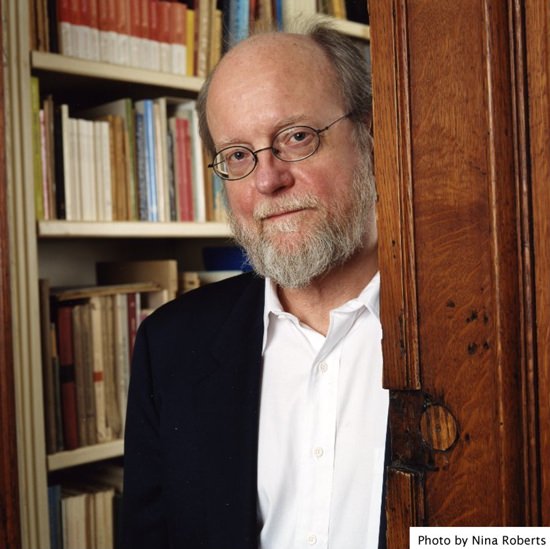
Does the name Bartolomeo Cristofori ring any bells? He’s the person that history credits with the invention of the piano. For years, harpsichord manufacturers had realized the limitations of their instruments. The main problem was that it had a rather limited dynamic range. Because of its mechanism it simply couldn’t play both softly and loudly.
Cristofori was the keeper of the musical instruments in the court of Prince Ferdinand de Medici of Florence and was the first to solve the harpsichord problem. During the twilight years of the 17th century he began work on a new instrument that we now call the piano, creating two additional keyboard instruments in the process. Cristofori’s pianos had a soft tone but the sound of the instrument was later improved by several industrial developments, notably the availability of high-quality steel that could be made into piano strings and the technical ability to cast immensely strong iron frames.
The piano as we know it emerged over a period of about twenty years and it could play a wide range of dynamics, from very soft to very loud. This feature is still reflected in its present-day full name, the pianoforte, which is derived by joining the two Italian words for “soft” (piano) and “loud” (forte). The piano could also play more notes because the iron frames were strong enough to add more strings.
Since the time of Cristofori, the piano has been surprisingly resilient and has found its way into more homes worldwide than probably any other instrument. Almost every major composer has written a piano concerto and this has continued into the twenty-first century. Interestingly, during the 20th century the piano became more frequently used as an orchestral instrument; a trend probably started by Stravinsky.
This is a piano concerto in all but name. Charles Wuorinen is known to be somewhat dismissive of composers who still use “old-fashioned” tonality. Nevertheless, with well over two hundred compositions to his name Wuorinen (WOR-rih-nunn) is highly regarded among America’s senior composers. He began writing music at the age of five and during his life has won many awards for his compositions.
This evocatively-titled work is derived from Wuorinen’s 2004 opera Haroun and the Sea of Stories. If this title sounds vaguely familiar, it comes from Salman Rushdie’s 1990 children’s book of the same name. Kahani is Earth’s undiscovered second moon. The eleven-year-old hero of the story Haroun Khalifa and his companion fly there with the assistance of a mechanical bird. On Kahani they arrive at a vast sea called the Ocean of the Streams of Story, the place from which all stories originate. It’s all magical stuff and to my ears at least, there’s magic in Wuorinen’s music too. If at first you find the musical language a bit daunting, stay with it and you might find that it becomes more approachable as the work gradually unfolds.
Incidentally, Charles Wuorinen’s third opera was based on the short story Brokeback Mountain by the American author and Pulitzer prizewinner Annie Proulx. As you might recall, the story was made into the tremendously successful 2005 movie by Taiwanese film director Ang Lee. Wuorinen’s opera of the same name was premiered in Madrid in 2014.
Narong Prangcharoen is currently the Dean of the College of Music, Mahidol University. He has won numerous awards for his compositions, notably the Guggenheim Fellowship and the Alexander Zemlinsky International Composition Competition Prize. Prangcharoen hails from Uttaradit province in Northern Thailand and studied both in Thailand and America. He earned his doctoral degree at the Conservatory of Music and Dance at the University of Missouri Kansas City. In recent years he has established an international reputation and is recognized as one of Asia’s leading composers whose music has been performed by some of the world’s top orchestras.
Luminary was composed to honor the seventy-second birthday of pianist and teacher Bennett Lerner. It’s a tremendously exciting and rhythmic work, scored for large orchestra with a massive percussion section. Like the classical piano concerto, Luminary is cast in three main sections and opens with frenetic repeated notes and figurations on the solo piano interspersed with crashing orchestral chords. It becomes a musical exchange between the piano and the percussion and the raw energy is captivating. The middle section is a reflective peaceful movement with a strangely ethereal quality and the third movement returns dramatically to the high energy of the first movement. I thought I heard hints of traditional Thai ranat music in the thundering and virtuosic piano writing. This is compelling music, given a magnificent performance by the orchestral and the immensely talented soloist.
 |
 |
 |





